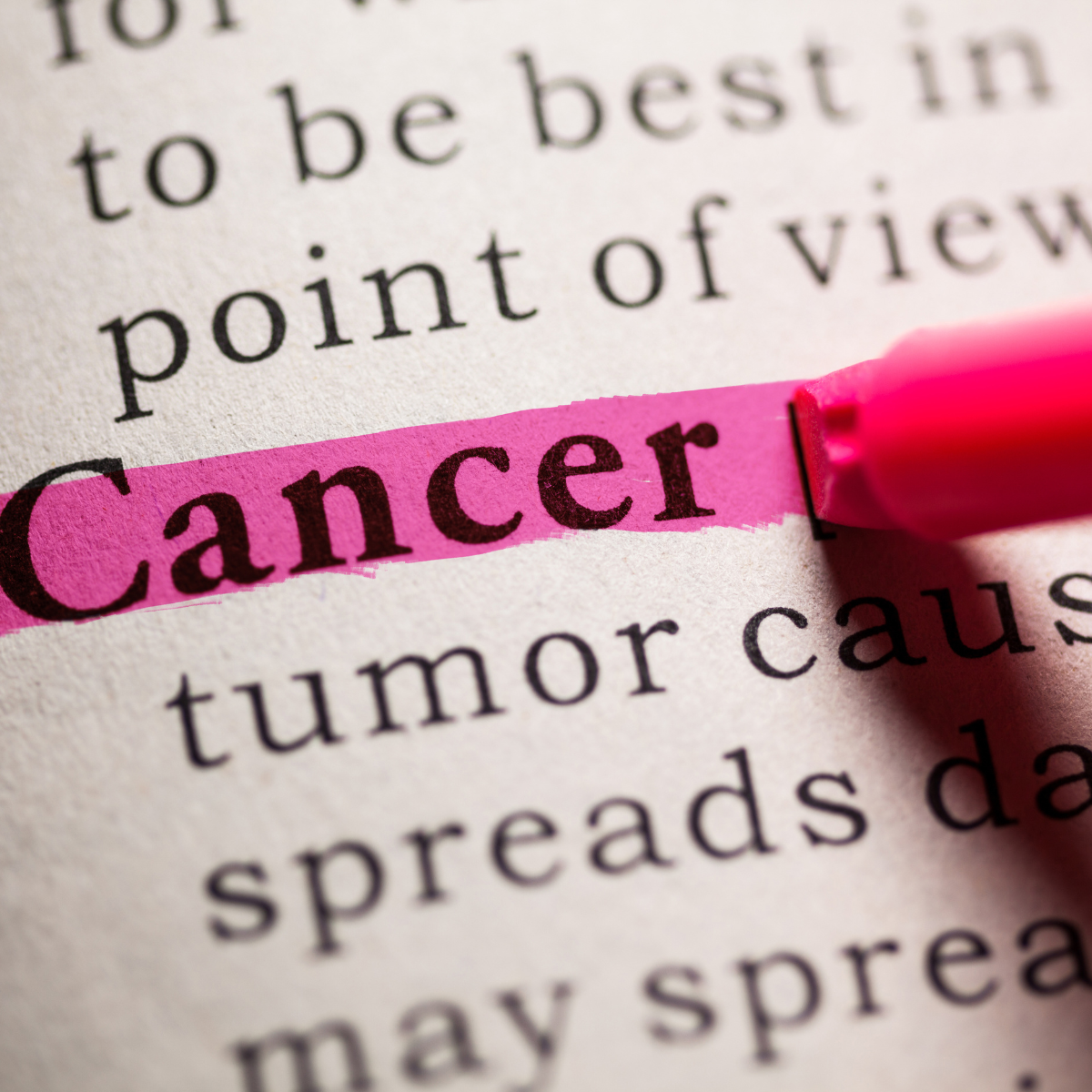Cancer remains one of the most feared and complex diseases, affecting millions of people worldwide. While advancements in medicine have provided better treatments, understanding the causes is crucial for prevention. Many factors contribute to cancer, some of which are well-known, while others might surprise you. In this article, we’ll uncover the top 10 causes of cancer that everyone should be aware of to make informed lifestyle choices.
Tobacco Use: The Leading Risk Factor
Smoking is the number one preventable cause of cancer globally. Tobacco contains over 70 carcinogens, such as benzene and formaldehyde, which damage DNA and lead to uncontrolled cell growth. This can result in various cancers, including lung, throat, and mouth cancer. Furthermore, secondhand smoke is just as dangerous, putting non-smokers at risk of developing the same conditions.

How to Reduce the Risk
- Quit smoking immediately, even if you have smoked for years; it’s never too late to reap the benefits.
- Seek support through cessation programs, counseling, or nicotine replacement therapies.
- Avoid areas where secondhand smoke is prevalent, and advocate for smoke-free environments.
Poor Diet Choices
The food we consume daily has a significant impact on our overall health, including our cancer risk. Diets high in processed foods, refined sugars, and red meats are linked to increased risks of colorectal, stomach, and pancreatic cancers. Additionally, diets lacking in fresh fruits, vegetables, and whole grains deprive the body of essential antioxidants and nutrients needed to prevent oxidative stress and inflammation.
Practical Steps for a Cancer-Protective Diet
- Add at least five servings of fruits and vegetables to your meals daily, focusing on colorful varieties like spinach, carrots, and berries.
- Replace processed snacks with nuts, seeds, and whole-grain options.
- Reduce your intake of sugary beverages and replace them with green tea or water.
Physical Inactivity
A sedentary lifestyle is a leading contributor to obesity, a known risk factor for several cancers, including breast, colon, and endometrial cancer. Physical inactivity also affects the body’s immune system, reducing its ability to fight off cancer cells. Regular exercise improves circulation, balances hormones, and helps maintain a healthy weight.
Simple Ways to Stay Active
- Set achievable goals like brisk walking for 30 minutes a day, five days a week.
- Incorporate enjoyable activities such as dancing, gardening, or swimming to make staying active less of a chore.
- Use tools like fitness trackers to monitor your progress and stay motivated.
Excessive Alcohol Consumption
Alcohol consumption increases the risk of cancers such as liver, breast, and esophageal cancer. Alcohol metabolizes into acetaldehyde, a toxic chemical that damages DNA and prevents cells from repairing themselves. The risk escalates with higher consumption levels.
Moderation is Key
- Limit alcohol to no more than one drink per day for women and two drinks per day for men.
- Explore alcohol-free alternatives, such as mocktails or sparkling water, to reduce consumption without compromising social enjoyment.
- Pair alcoholic beverages with food to slow absorption and minimize harm.
Environmental Toxins
Everyday exposure to environmental carcinogens, such as asbestos, industrial chemicals, and air pollution, can significantly raise cancer risks. For example, long-term inhalation of polluted air or asbestos fibers can lead to lung cancer. Similarly, contaminated water sources containing heavy metals are linked to cancers of the bladder and kidneys.
Minimizing Environmental Risks
- Use masks and protective gear in workplaces where exposure to hazardous materials is unavoidable.
- Support and advocate for cleaner air initiatives in your community.
- Filter your drinking water to remove harmful chemicals and contaminants.
Obesity and Cancer Connection
Obesity is associated with increased risks of cancers such as colorectal, pancreatic, and kidney cancer. Excess body fat produces inflammatory chemicals and hormones like estrogen, which can fuel cancer growth. This makes weight management an essential aspect of cancer prevention.
Tips to Maintain a Healthy Weight
- Practice mindful eating by focusing on portion control and avoiding emotional overeating.
- Opt for physical activities that combine cardio and strength training for effective weight management.
- Track your weight and diet patterns regularly to stay on course.
Infections and Viruses
Certain infections and viruses are known to increase cancer risks. For example, the human papillomavirus (HPV) is a significant cause of cervical and throat cancers, while Hepatitis B and C viruses can lead to liver cancer. Even bacterial infections like Helicobacter pylori, associated with stomach ulcers, can raise the risk of stomach cancer if left untreated.
Prevention Through Vaccination and Hygiene
- Ensure you and your children receive vaccinations for HPV and Hepatitis B.
- Follow safe practices such as using condoms and avoiding the sharing of needles.
- Seek prompt medical treatment for chronic infections or unexplained symptoms.
Prolonged UV Radiation Exposure
Overexposure to ultraviolet (UV) rays from the sun or tanning beds is a primary cause of skin cancer, including melanoma. UV rays penetrate the skin and damage cells, leading to mutations. This risk is heightened for individuals with fair skin or a history of severe sunburns.
Sun Protection Tips
- Wear sunscreen with broad-spectrum protection and a minimum SPF of 30, reapplying every two hours when outdoors.
- Use wide-brimmed hats and sunglasses to protect your face and eyes.
- Avoid tanning beds altogether and seek shade during peak sunlight hours.
Genetic Predisposition
While lifestyle factors are modifiable, genetic predisposition plays a role in cancer development. Inherited mutations in certain genes, such as BRCA1 and BRCA2, can significantly raise the risk of breast, ovarian, and prostate cancers. However, genetic risks are not a guarantee and can be managed effectively with proper screening and lifestyle adjustments.
Steps to Manage Genetic Risks
- Discuss your family history with a genetic counselor to determine your risk level.
- Undergo regular screenings and diagnostic tests based on your genetic profile.
- Adopt a healthy lifestyle to reduce the influence of environmental triggers.
Stress and Mental Health
While stress itself may not directly cause cancer, chronic stress weakens the immune system and encourages unhealthy coping behaviors like smoking, overeating, or excessive drinking. These habits indirectly contribute to increased cancer risks.

Managing Stress for Better Health
- Incorporate stress-reducing practices such as yoga, meditation, or journaling into your daily routine.
- Build a support network of friends, family, or professional counselors to manage emotional challenges.
- Focus on quality sleep, as rest is essential for emotional and physical recovery.
Conclusion
Understanding the causes of cancer empowers individuals to make informed decisions about their health. By addressing modifiable risk factors such as smoking, diet, physical inactivity, and exposure to environmental toxins, you can significantly reduce your chances of developing this disease. Stay proactive, embrace a healthier lifestyle, and consult healthcare professionals for regular checkups and advice. Remember, prevention is always better than cure, and small steps today can lead to a healthier tomorrow.

Leave a Reply